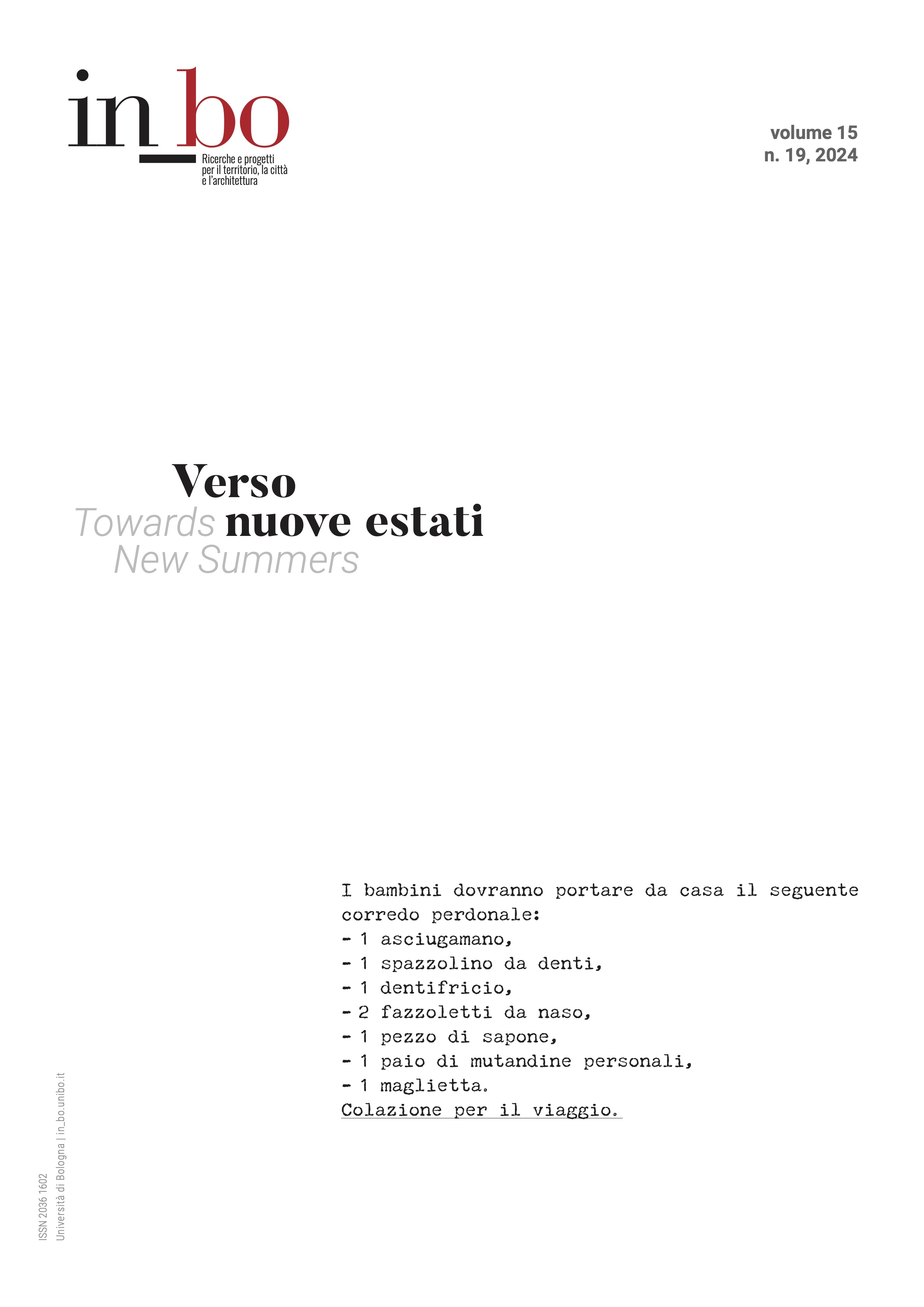The Horizon After the Catastrophe. Sciesopoli from Fascist Holiday Camp to Centre for Young Jewish Refugees and Beyond
DOI:
https://doi.org/10.6092/issn.2036-1602/19713Keywords:
Sciesopoli, holiday camp, fascism, refugees, judaismAbstract
In the fall of 1945, the former mountain holiday camp of the Milan-based Fascist Sciesa Group in Selvino (Bergamo) was transformed into a sanctuary for young Jewish refugees who had escaped persecution, ghettos, and extermination. The immediate perception that this served as a form of reparation was destined to fade over the following decades as this function was succeeded by others. The architectural and social history of Sciesopoli is marked by a long, unbroken concatenation of uses – some antithetical, others in continuity – unfolding from the early 1930s until the late 1980s. As the model of large buildings for mass vacations and therapies faced a crisis, Sciesopoli shared the fate of similar structures: abandonment due to the difficult, perhaps impossible, reutilization in the present. Today, the current needs no longer align with the dimensions and forms of this historical structure. For over fifty years, Sciesopoli has provided thousands of children and young people with the benefits of mountain air, outdoor activities, a heated swimming pool, anti-tuberculosis therapies, and refugee shelter. Presently, only the latter function may continue to exist as a social necessity. However, a refugee shelter is hardly an object of investment in the restoration of a deteriorated structure in need of adjustments, which have indeed occurred during Sciesopoli's seven lives.
Downloads
Published
How to Cite
Issue
Section
License
Copyright (c) 2024 Elena Pirazzoli

This work is licensed under a Creative Commons Attribution-NonCommercial 4.0 International License.





